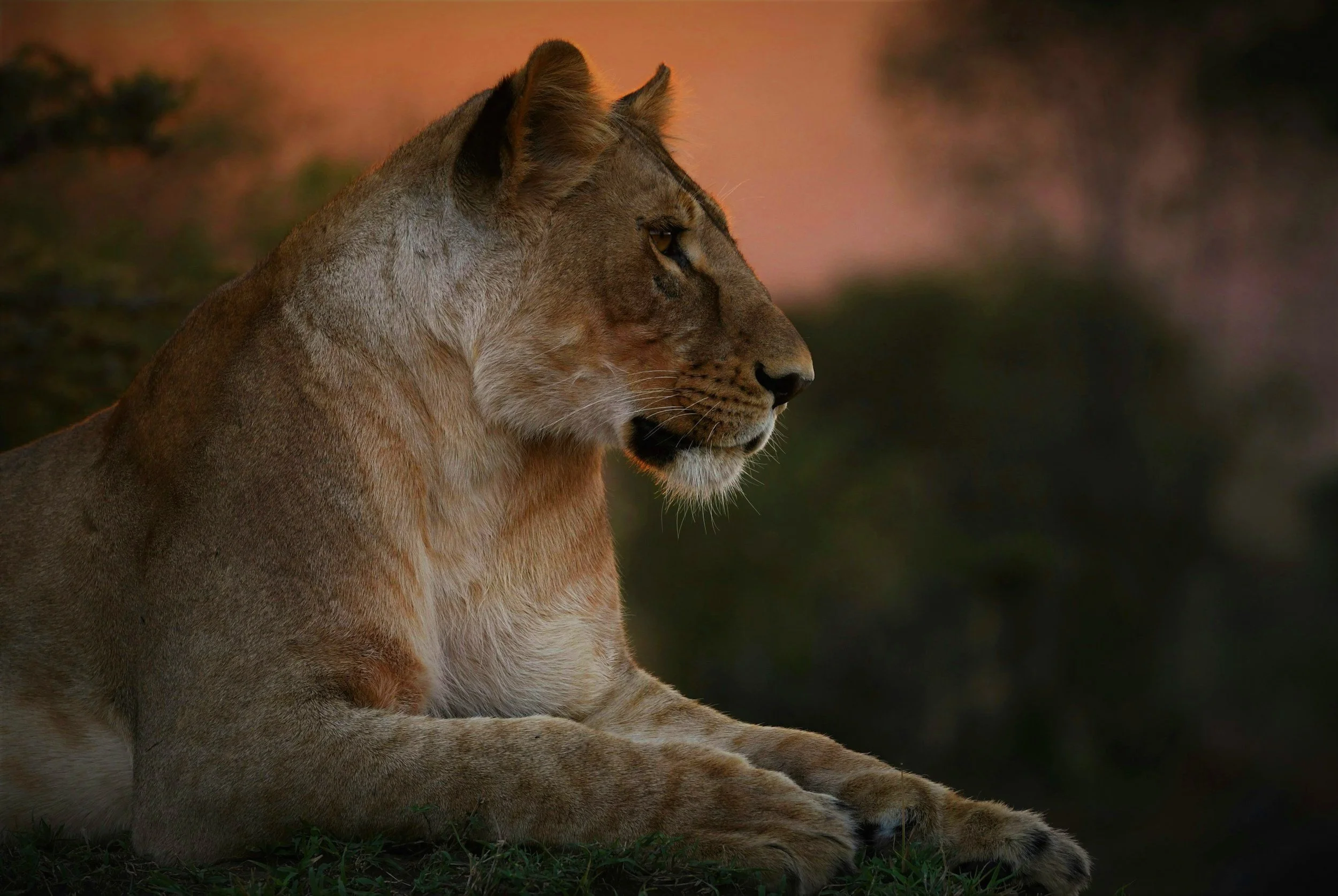Hoanib & the Skeleton Coast
Desert meets ocean
— Hoanib & the Skeleton Coast —
Namibia's Desert Wonderland
“Venturing into the stark and surreal landscapes of Namibia’s Hoanib and the Skeleton Coast is akin to stepping into another world. Here, where the rugged desert meets the tempestuous Atlantic Ocean, nature weaves a breathtaking tapestry of untamed beauty and haunting desolation. The Hoanib River, a lifeline in this arid expanse, carves through towering dunes and barren mountains, creating a haven for elusive desert-adapted elephants and other resilient wildlife. The Skeleton Coast, aptly named for its eerie shipwrecks and whale bones scattered along the shoreline, tells tales of maritime mysteries and survival against the odds. Amidst this raw wilderness, luxurious lodges offer a sanctuary of comfort, blending seamlessly with the environment, and providing intrepid travelers with the perfect base to explore this remote and captivating region. With every sunset casting golden hues over the vast, unspoiled terrain, Hoanib and the Skeleton Coast promise an unforgettable journey into the heart of Namibia’s wild frontier.”
Stay
Hoanib Skeleton Coast camp
Nestled in the remote, untamed beauty of Namibia’s Skeleton Coast, Wilderness Hoanib Skeleton Coast Camp offers an unparalleled escape into one of the world's most pristine wildernesses. Situated in the heart of the Hoanib River Valley, the camp is strategically positioned to provide access to the stark, surreal landscapes where desert-adapted elephants and rare wildlife thrive. Each of the six luxurious tented suites is designed to blend seamlessly with the rugged terrain, featuring panoramic views of the surrounding desert and the ephemeral Hoanib River. The camp's location allows for exclusive access to the Skeleton Coast’s dramatic shipwrecks and ancient landscapes, while its environmentally-conscious design and commitment to sustainable practices enhance the intimate connection to this raw, untouched environment. With guided excursions and expert-led safaris, guests are immersed in a daily adventure, and each night, the star-studded sky illuminates the vast, mystical expanse of Namibia's wild frontier.
The camp’s Conservation Research Center
“The Wilderness Hoanib Skeleton Coast Camp is not just a luxury retreat, but also a vital hub for conservation efforts in one of Namibia’s most ecologically significant regions. The camp’s Conservation Research Center plays a crucial role in advancing the understanding and preservation of the unique desert-adapted wildlife and fragile ecosystems of the Skeleton Coast. This state-of-the-art facility supports groundbreaking research on the region’s rare species, including the elusive desert-adapted elephants and the endangered black rhino, helping to monitor their populations and develop effective conservation strategies.
The center collaborates closely with local communities and international researchers to address the challenges posed by the harsh environment and human-wildlife conflicts. Through its educational programs and conservation initiatives, the research center fosters a deeper understanding of the delicate balance of this arid landscape. Guests at the camp are invited to engage with the center’s work, gaining insights into the scientific endeavors that are crucial for safeguarding the region’s natural heritage, making their stay not just a luxurious escape, but also a meaningful contribution to preserving Namibia’s wild frontier.”
WHEN TO GO
Namibia is a year-round destination:
The best time to travel to Hoanib and the Skeleton Coast is during the winter season, which spans from May to October. During these months, the weather is cooler and more pleasant, with clear skies. This period offers excellent wildlife viewing opportunities, as animals congregate around the remaining water sources. The dry winter season also provides optimal conditions for exploring the dramatic landscapes and shipwreck-strewn coastline, with comfortable temperatures for outdoor activities. Additionally, the reduced humidity enhances visibility, making it an ideal time for photography and stargazing in this pristine wilderness.
Rainfall along the Skeleton Coast is extremely rare due to the region's arid climate. The area is part of the Namib Desert, one of the driest places on Earth. Instead of rainfall, the Skeleton Coast relies on coastal fog, known locally as "the dragon’s breath," which provides essential moisture to the desert-adapted plants and animals. This fog is created by the cold Benguela Current meeting the warm desert air, creating a unique and vital ecosystem. While the coast receives very little rain, the fog sustains life in this harsh and seemingly inhospitable environment.




























































What makes Japan special and so memorable for many people are the authentic Japanese cultural experiences that you can’t find anywhere else in the world. It can be difficult to connect with here unless you know where to look and who to go to. Below are some of our favorite off the beaten path ceremonies, traditions, and experiences that curious travelers can experience on a trip to Japan.